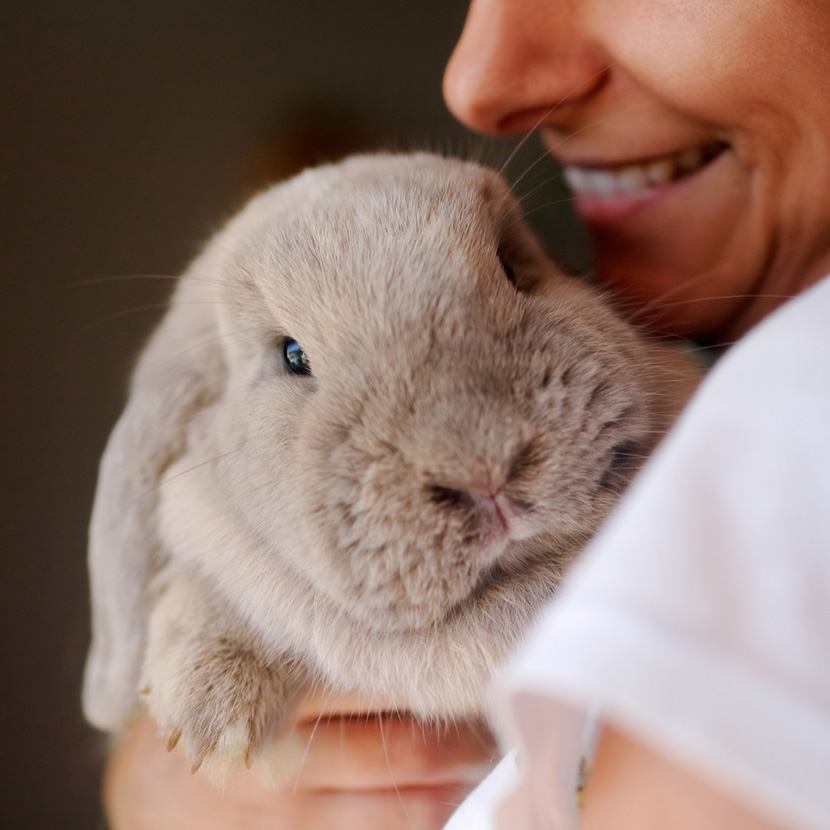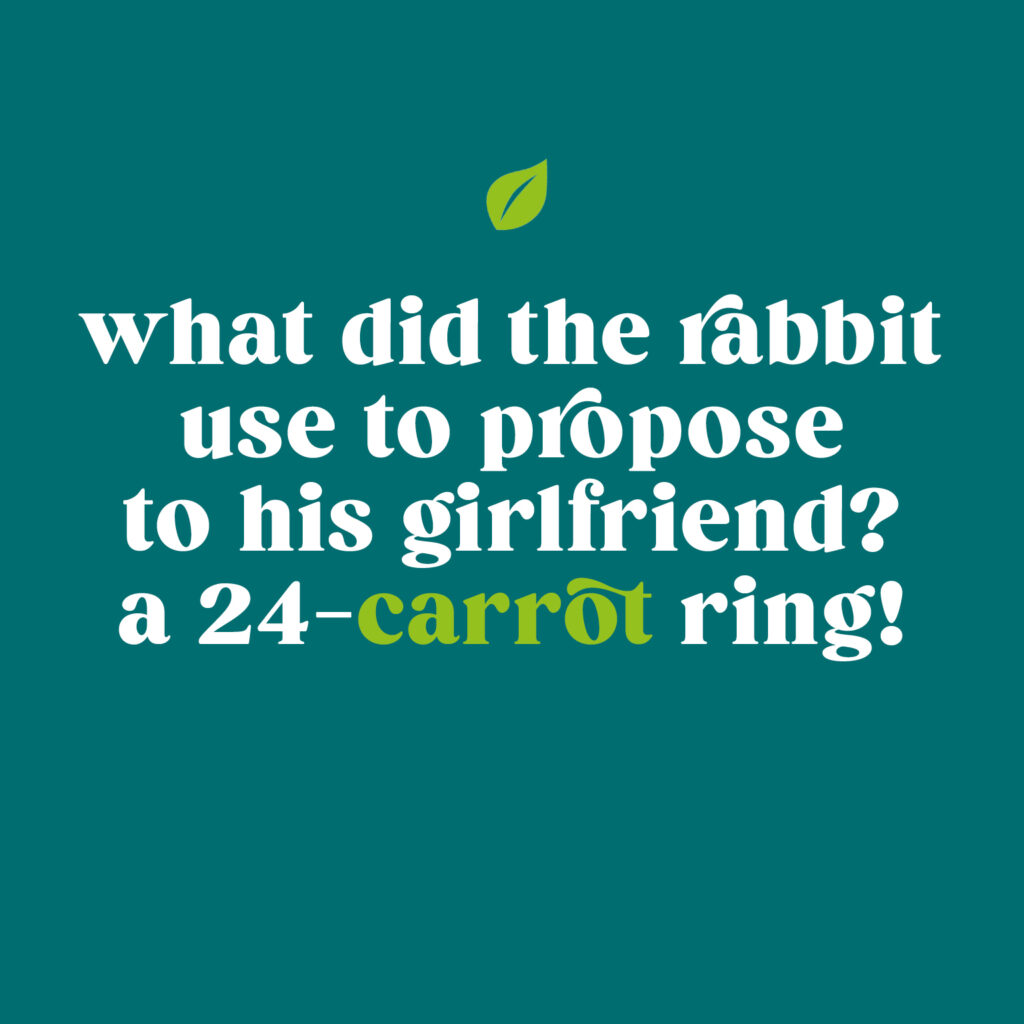ANIMAL WELFARE
Long Ears and Nimble Legs

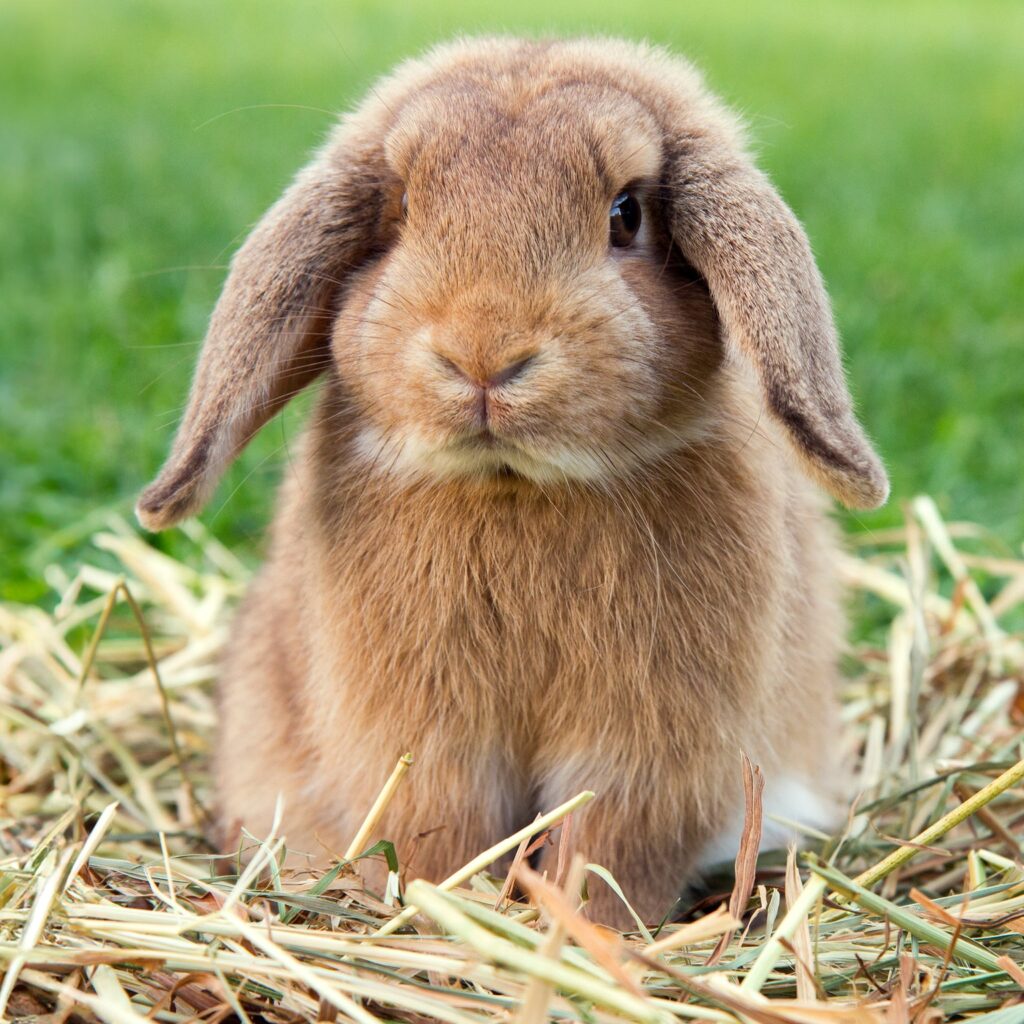
Hares & rabbits – more than just cuddly favourites
Cunning comic hero, rebellious cartoon character, cute main character in children’s stories, the famous rabbit drawn by Albrecht Dürer, Master Lamp from the fairy tales or, of course, the Easter bunny: hardly any other animal is such a widespread star in literature, art & culture, film and TV. Roger Rabbit, Bugs Bunny (who even has a star on the Walk of Fame in LA), Peter Rabbit and many of their pals and friends are loved by young and old alike. And the White Rabbit from Alice in Wonderland by author Lewis Carroll has achieved cult status. The real animals are no less popular: twitchy ears and eyes, long legs that allow them to flee at lightning speed and a cosy fur coat make them much-loved pets – yet in some European countries they still often end up in the cooking pot. Even though they are versatile and highly interesting animals. Bet you didn’t know everything about them?
In the world of furry creatures, there is often confusion just about their names. Is that a hare? Or a rabbit? Or are they the same? Let’s take a closer look at the differences and similarities between these fascinating animals. And let’s see how deep the rabbit hole goes.
What is the difference between hares, “karnickel” and rabbits?
Let’s start by clarifying the terms. The (brown) hare is a wild animal and is characterised by its long ears and strong hind legs. „Karnickel“ is an outdated German term that refers specifically to domestic rabbits, while „rabbit“ is the generic term that includes all types of hares and rabbits. Brown hares are rather slender and large, while wild rabbits are smaller, stockier or rounder and much lighter. They cannot mate with each other. So-called giant rabbits were only created through breeding. And just to confuse us completely, there are also hare rabbits, which are a breed of domestic rabbit.
Hares live mainly in open landscapes such as meadows, grasslands and steppes. They prefer regions with low vegetation, which allows them to make optimum use of their speed and escape strategy. In Europe, for example, brown hares can be found in open fields and agricultural areas. Sometimes one hops in front of you when you are out for a walk.
Rabbits are very adaptable animals. Wild rabbits often live in burrows, which they dig in sandy or lighter soils. They are able to survive in a variety of environments, including forests, hilly areas and even urban areas. They also do not shy away from human proximity as they can adapt to human settlements.
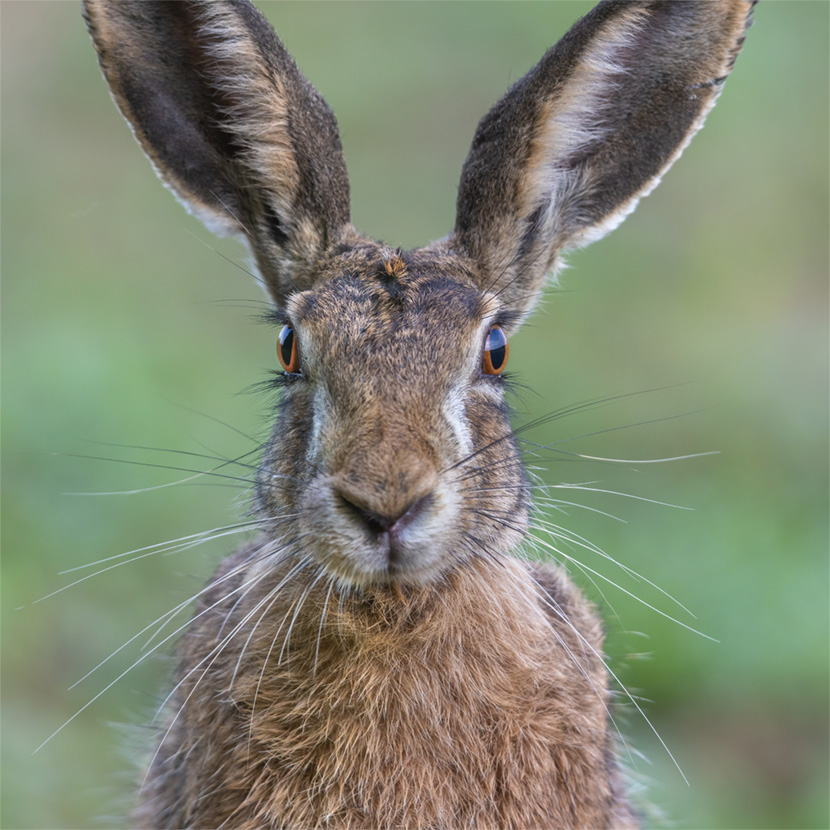
What about the brown hare?
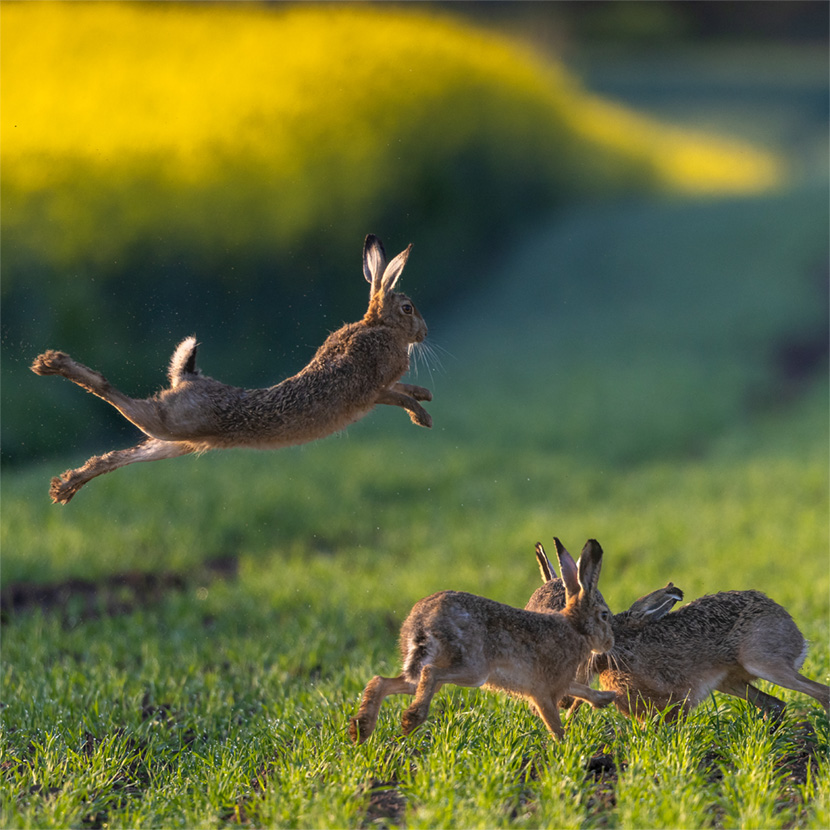
The brown hare, a true hare, is native to Europe and has a rich cultural history. In recent decades, however, the brown hare population has declined sharply due to hunting and, above all, habitat loss.
Fortunately, the brown hare is now protected and nature conservation organisations are working to protect it and preserve its habitat. However, harvesting machines in particular continue to be a major enemy of the brown hare.
The more we preserve our natural landscape, the greater the chances that we will encounter the brown hare and enjoy it for many generations to come.
Wild rabbits – amazing builders and so social!
Rabbits love company! They are in fact extremely social animals and enjoy living in groups. They develop close bonds with each other and communicate with each other through a variety of behaviours, including posture, vocalisations and mutual grooming. Their social structure is fascinating. We are particularly impressed by the fact that they care for sick or weak group members. If that isn’t social behaviour!
And they are also very talented „craftsmen“ ;- ) The underground burrows of rabbits, often referred to as „warrens“, are true architectural masterpieces. These burrows not only serve as protection from enemies, but also regulate the temperature and humidity in order to create an ideal microclimate for the inhabitants. Some rabbit burrows can have a complex network of passages and chambers that extend over large areas. Abandoned rabbit burrows provide a new home for a variety of other animals. We think that this is social.
In contrast to wild rabbits, hares tend to be solitary outside the mating season and lead a more independent life. They are territorial and mark their territory with their scent and are always ready to defend their territory. The „communal life“ of rabbits would not be for them.
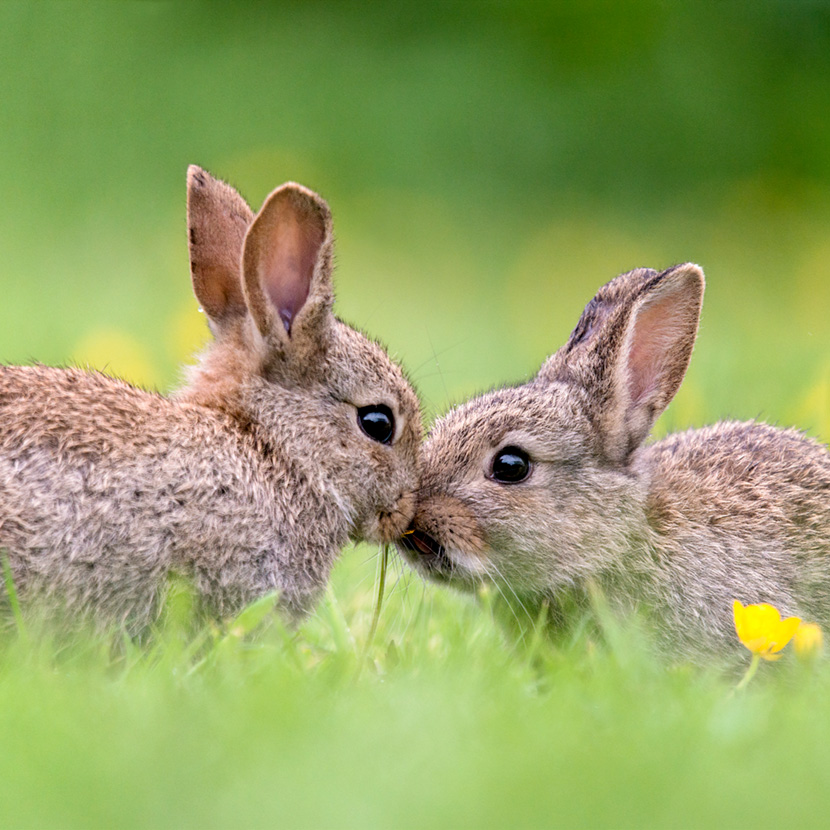
10 fascinating facts about hares and rabbits
Hares and rabbits have some superpowers. Here are some amazing scientific facts about hares and rabbits:
1. Did you know that hares are faster than most mammals of their size? They can reach speeds of up to 80 kilometres per hour, which makes them masters of flight. And we know that they can also leap very high and outrun any pursuers. That’s why they depend on their big (and strong) feet, which also have enormous jumping power.
2. Regrowing teeth? How practical! Rabbits have a total of 28 teeth that are constantly growing back because they chew a lot in the wild, even if you don’t always find them with a carrot between their teeth 😉
3. Newborns look different: As brown hares are precocial, they are born with fur, while rabbits are born naked and blind. They are altricial.
4. Did you know that little rabbits are called kittens? They are not to be confused with cats.
The young of both species have the same name, while the adult male rabbit is called a buck and the female is called a doe.
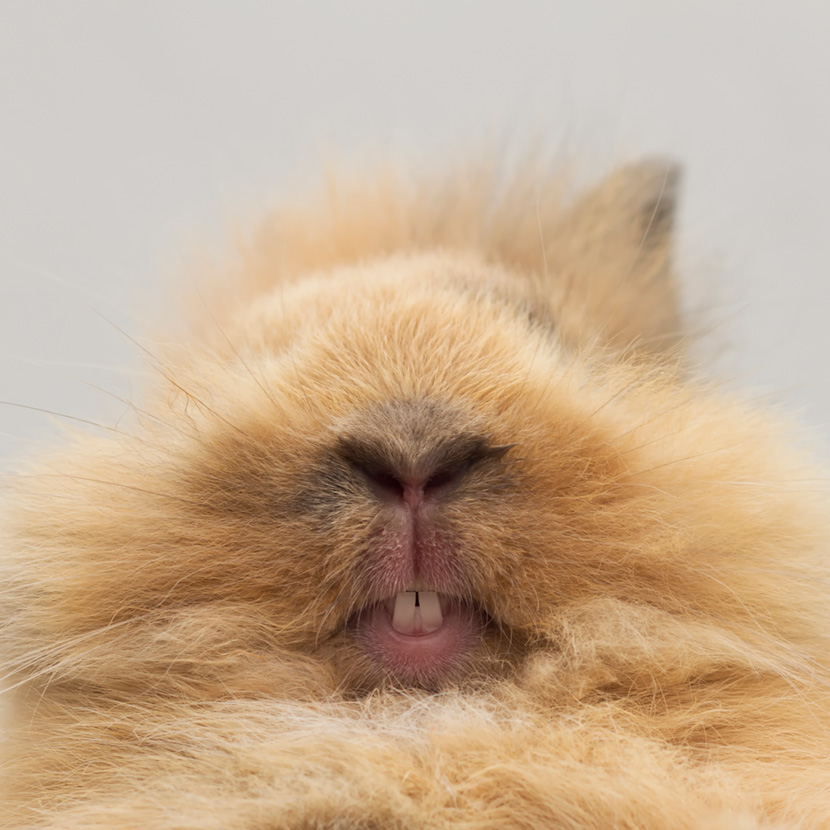
5. Rabbits have the remarkable ability to turn their ears in different directions in order to perceive sounds. They can turn them up to 270 degrees – quite acrobatic! And with these ears, called spoons by the way, they can also regulate their body temperature, as a lot of blood flows through them, which they can cool via their thin skin.
6. Not only long ears, but also sharp eyes: rabbits are nocturnal and have excellent night vision to recognise predators in the dark. Brown hares, on the other hand, are considered short-sighted and are better at detecting movement.
7. Vegan friends? Hares and rabbits are pure herbivores. Rabbits need about 80% hay, but also fresh food with vegetables, fruit and herbs. If you have a rabbit as a pet, you should carefully find out about the food, as the animals do not tolerate everything. To their astonishment, however, scientists have only recently discovered that some wild species, such as the Canadian snowshoe hare, also eat meat when the grass is buried under a thick blanket of snow.
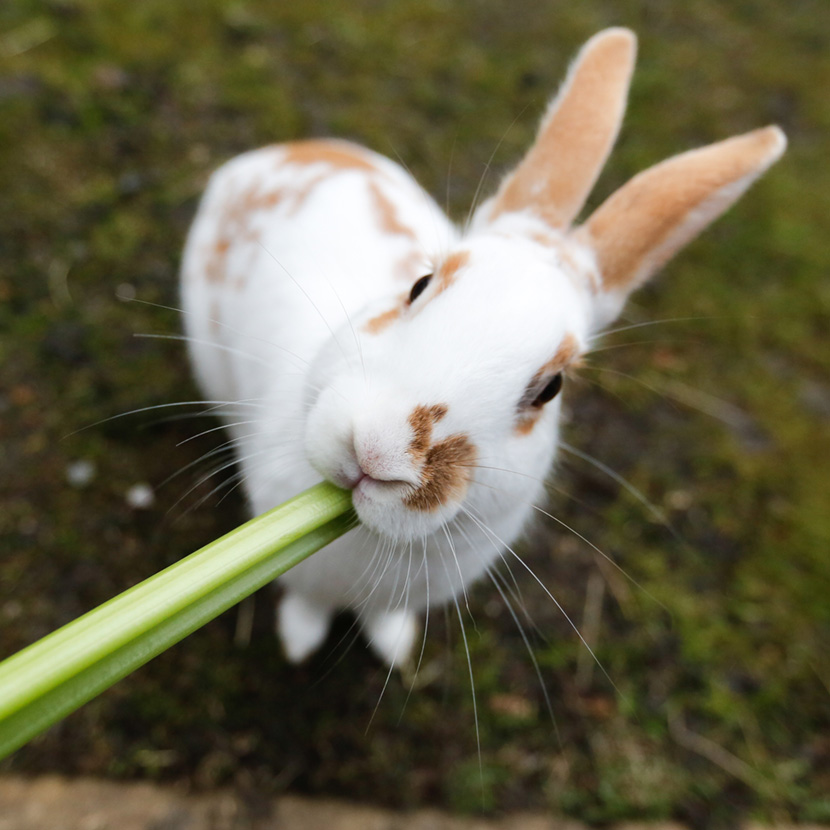
8. Rabbits are known for their curiosity and like to investigate their surroundings. Their sense of direction is amazingly well developed.
9. The camouflage of hares and rabbits through their fur colours is impressive and helps them to hide from predators. This is particularly vital for birds of prey. Hares can hide in small hollows in the ground and remain motionless for a long time.
10. The life expectancy of hares and rabbits varies depending on the species and habitat, but can often be shorter in the wild than in human care. They can live up to 12 years on average.
11. Despite their excellent teeth used for gnawing, hares and rabbits are not (or no longer) rodents, but belong to the hare family.
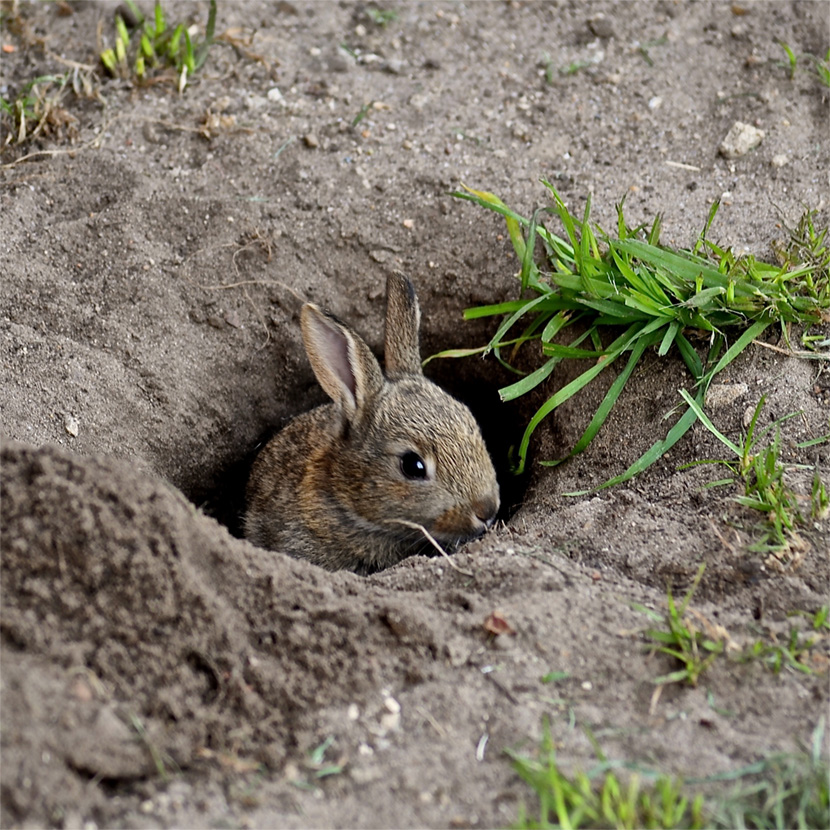
Keeping hares and rabbits privately – how to do it
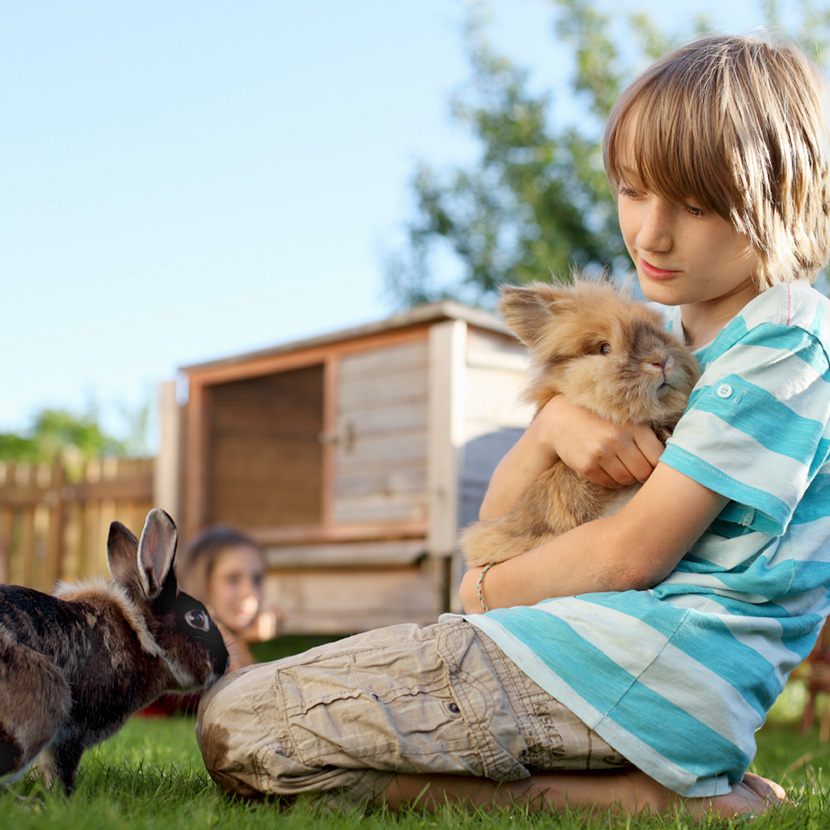
Rabbits and hares are popular pets and many people enjoy their company. However, it is essential to keep them in a species-appropriate environment. What does that mean?
We have seen: Rabbits are very sociable and both rabbits and hares are active animals. Therefore, if you want to take responsibility for a rabbit or hare as a pet, you should ensure that these animals have enough space and exercise to lead a happy and healthy life. Keeping rabbits in cages without exercise is not species-appropriate and can lead to behavioural and health problems. And rabbits should never be kept alone, they love to be in groups. As we have already seen, you should also find out exactly what to feed them. Much of what we eat as healthy fruit and vegetables is poisonous for these animals.
Hares on the racetrack and unfortunately also in the cooking pot
It may sound surprising, but there are actually professional hare races in some parts of the world. These competitions showcase the speed and agility of hares. Rabbits are often cruelly trained and sent on courses to demonstrate their racing talents and jumping power. Whether this type of animal sport is still in keeping with the times is highly questionable.
Rabbits in particular often suffer a different fate. Commercial rabbit fattening is widespread in some European countries, particularly in France, Italy and Spain. In these fattening facilities, thousands of rabbits are often kept in cramped conditions. And unfortunately, the „production“ of rabbit meat has even increased in recent years, as a supposed alternative to other types of meat. China is the sad leader here. In some cultures, hares and rabbits are considered a delicacy and are valued in culinary traditions. This leads to different views on how to treat these animals. Whilst in some countries they are considered pets, in others they are regarded as food. These cultural differences exist and should be respected. Basically, we are always faced with the question of how to treat life, how to treat our fellow creatures.
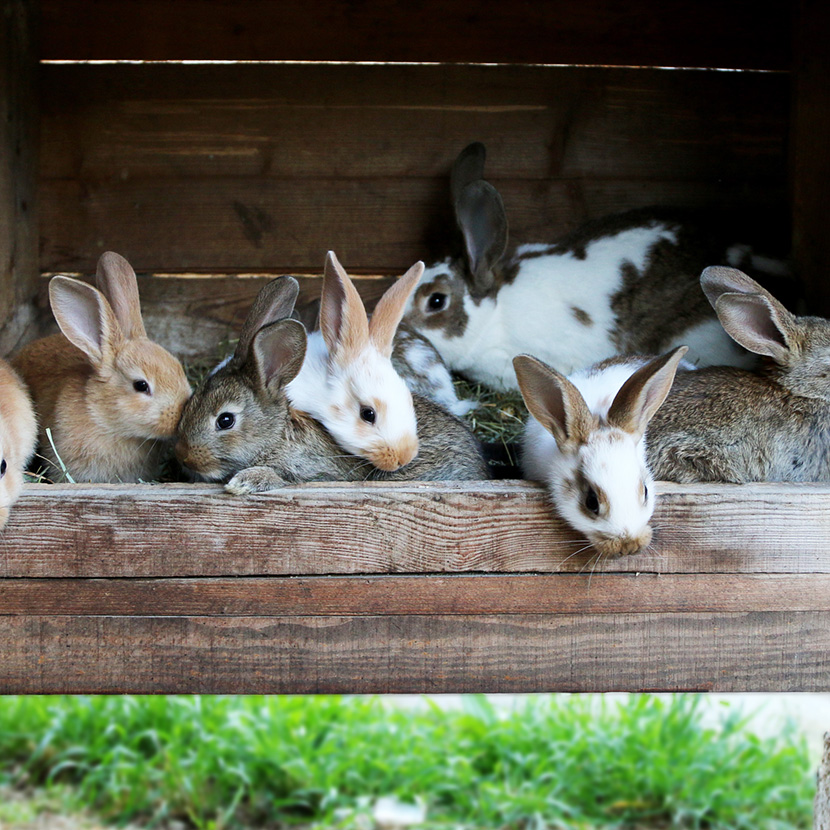
The legend of the Easter bunny
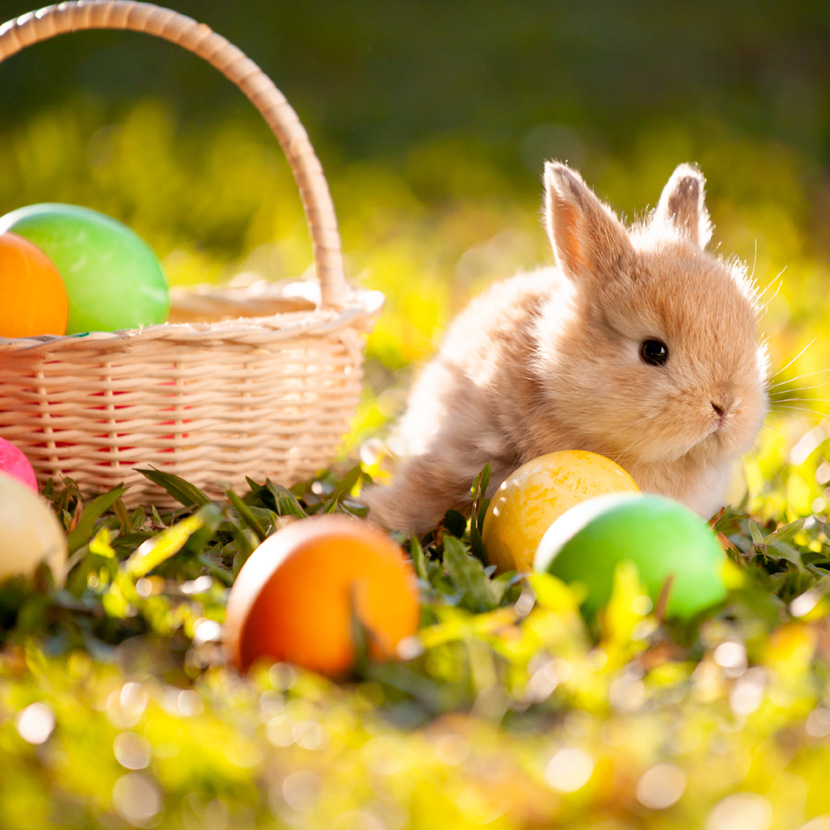
The legend of the Easter bunny has therefore developed over the centuries and has become an important part of Easter celebrations in many cultures. It combines pagan fertility symbols with Christian beliefs and today is a symbol of joy and renewal during the Easter celebrations. The name „Easter“ is probably derived from the Germanic goddess of spring and fertility, Ostara. Ostara was often associated with rabbits and eggs, both of which are symbols of fertility.
Incidentally, the Easter bunny doesn’t exist everywhere. For example, in Australia (where the bilby, a small marsupial, comes at Easter) and there are other animals in Sweden and Finland.
The origin of the German phrase „old hare“
Perhaps you’re still wondering where on earth the German phrase „old hare“ comes from? The answer to the riddle is the hunting language. This honourable title was given to experienced hunters who had spent a lot of time in nature and were therefore well versed in their profession. Over the course of time, this term has developed into a general description for experienced people, regardless of their occupation. The origin lies in the behaviour of old hands compared to younger ones. The experienced ones are not so quick to let themselves be chased, as they then only have escape as a way out. They prefer to use their ability to lie down on flat terrain so that predators such as wolves, dogs or birds of prey do not notice them So don’t be scared and make friends with these wonderful furry hoppers! They are social, curious, playful and worth protecting … also because they are just so damn cute.
